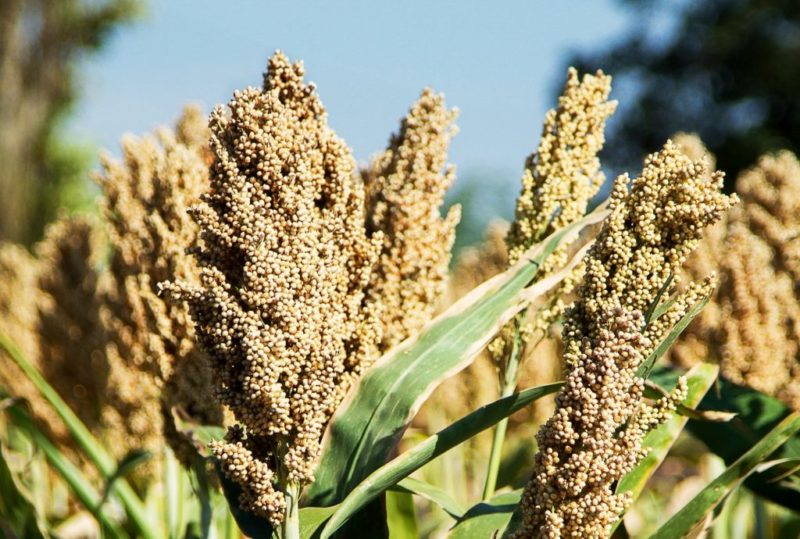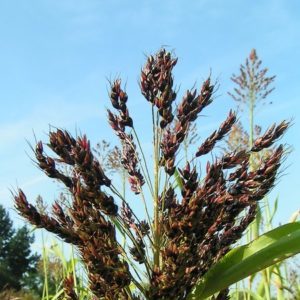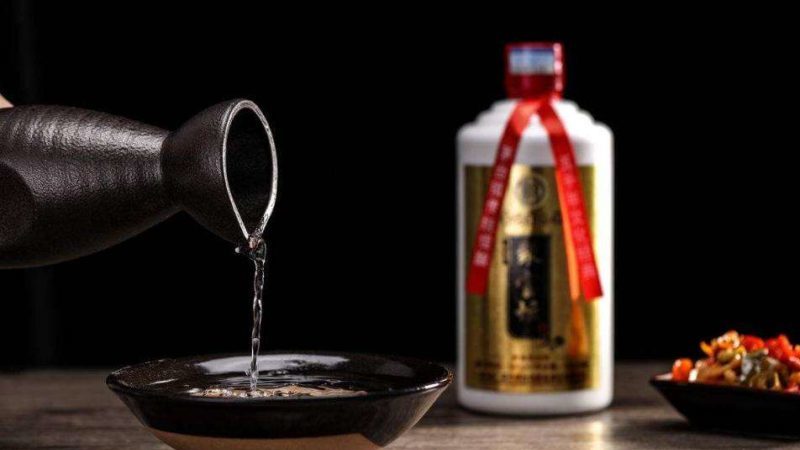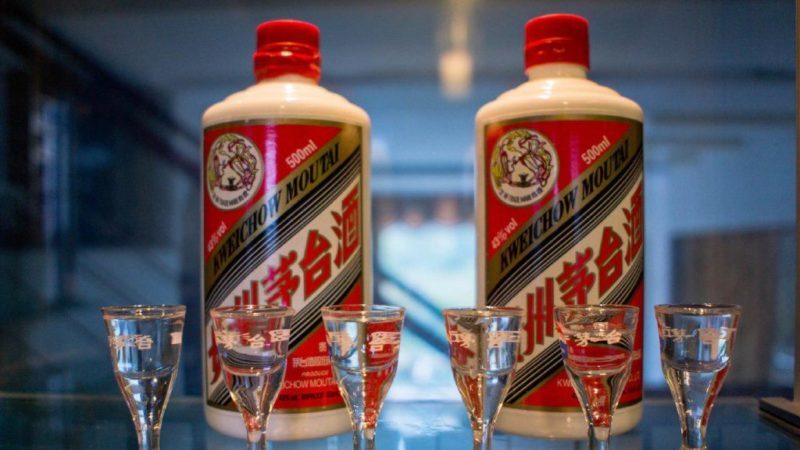Gaoliang - what is this plant and how is it used
Gaoliang is a cereal of the genus sorghum. Distributed in China, Korea and Manchuria. A person uses all parts of the plant with benefit - he feeds pets with shoots and leaves, eats grain, strengthens buildings with stems and lashes, and uses dried residues as fuel. Alcoholic drinks are made from grain, in addition to cereals.
The content of the article
What is Gaoliang

The crop is suitable for cultivation in arid soils, so this early maturing species sorghum cultivated where other cereals do not give good yields. The plant looks like corn - tall stems, wide leaves and a panicle with seeds at the top.
origin of name
The word "gaoliang" itself, literally translated from Chinese, sounds like "tall bread" or "tall grass". The word was borrowed from the Chinese language when bilateral ties between Russia and China began to actively develop. The emergence of a new agricultural culture demanded a new concept, which was born from the Chinese phrase.
reference. The word "gaoliang" in the first decade of the XXI century was included in the dictionaries of new words with foreign origin.
Botanical description
Gaoliang is an annual crop, one of the types of grain sorghum. The plant is herbaceous, erect. The root system is fibrous, well-branched, the roots penetrate into the ground by 2-3 m. The panicle is lumpy, compact, the inflorescence is dense, standing up.
The height of the gaolyan is small compared to other types of sorghum, it is 1.5-2 m. The stem has a dry core, powerful. Leaves are broadly linear, long. The color of the leaf plate is green, the veins are whitish. Aboveground parts of the plant are covered with a waxy coating that helps withstand drought.
An early maturing plant does not tolerate frost well, but it can withstand periods of heat well. Unpretentiousness is the main advantage of a grain crop, which grows even on heavy clay, alkaline and sandy loam soils. Gaolyan fields are as familiar to the Chinese population as rye or wheat fields are to Russians.
Reference. In Russia, it is cultivated on an industrial scale only in the Far East, where raw materials are used to make flour and feed for livestock.
The seeds are round, reminiscent of millet; the color varies from gray and white-yellow to brown. The grains contain:
- water;
- ash;
- protein (little);
- cellulose;
- alimentary fiber;
- vitamins and minerals.
Gaoliang is not inferior in nutritional value barley and corn.
It is interesting:
Why is a sorghum broom so good and how to make it yourself
Step-by-step technology for growing sorghum from seed preparation to harvest
What can you cook
Due to its outstanding nutritional qualities, starch, flour, cereals, and sugar syrups are made from gaoliang. The Chinese have traditionally made alcoholic drinks of different strengths from grain. Distillers used special equipment for fermentation and further distillation of the wort.
Hot wine

The drink called Baijiu is also called hot wine - it is a reference to the distillation process and the custom of drinking heated liquid. This drink is similar in quality to Russian vodka. The content of ethyl alcohol in baijiu ranges from 40 to 60%.
The name itself literally translates as "the juice of the five grains", since the raw materials used are gaoliang, wheat, corn, rice and nomi (glutinous rice).In large distilleries, where the Chinese operate in family dynasties, methods have been invented over the centuries to improve the taste of hot wine. The result was repeated distillation, aromatization and filtration of the beverage.
The manufacturing process is not too different from other recipes for obtaining alcohol. Gaolyan grains are compacted tightly in a special container, sourdough is added and fermentation begins. After 15-16 days of fermentation, wort distillation begins.
Since the handicraft, poorly refined drink contained a lot of fusel oils, the hot wine was heated before drinking. Baijiu was poured into a copper vessel with a narrow neck and placed over hot coals. Harmful impurities evaporated through the neck, and the alcohol remained in the bottle, gradually being cleared of harmful substances.
Reference. Today, baijiu is thoroughly refined during production, so reheating before eating is no longer necessary.
Vodka

Maotai vodka is a product that has been aged for at least three years. This is an alcohol with a strength of 42 °. The name is associated with the town of the same name in the Guizhou province, where the drink is made. From generation to generation, the secrets of making vodka with unique properties have been passed down - it does not burn mucous membranes, does not leave a hangover syndrome when used in moderation.
Maotai is now called the "national" and "diplomatic" drink of China, as it has become a mandatory component of official government banquets and presentations both in Beijing and abroad. In everyday life, vodka is consumed only on special occasions - at weddings, solemn family celebrations. The price of the drink is quite high as the quality always meets expectations.
Maotai is made from high quality raw materials - selected Gaoliang seeds are taken as the main component. The fermentation starter is made from wheat and the soft water is sourced from local sources. During the manufacturing process, the drink goes through eight stages of distillation, which alternate with fermentation. Each period lasts at least a month, and a new batch of starter is always used for each fermentation. The finished product is aged for three years and only then sent for sale.
Reference.The crystal clear drink does not upset the stomach and does not cloud the head - that is why Maotai has always been the favorite drink of creative people.
Conclusion
Gaoliang is an unpretentious plant from the sorghum genus. The ability of a grain crop to produce bountiful harvests even during dry periods is highly valued in agriculture, so the cereal is widespread in China, Korea and Manchuria.
In the conditions of the Russian climate, it is difficult to cultivate the gaoliang, only in the Far East the plant is cultivated as feed for livestock. In China, traditional alcoholic drinks - vodka and hot wine - are made from Gaoliang.